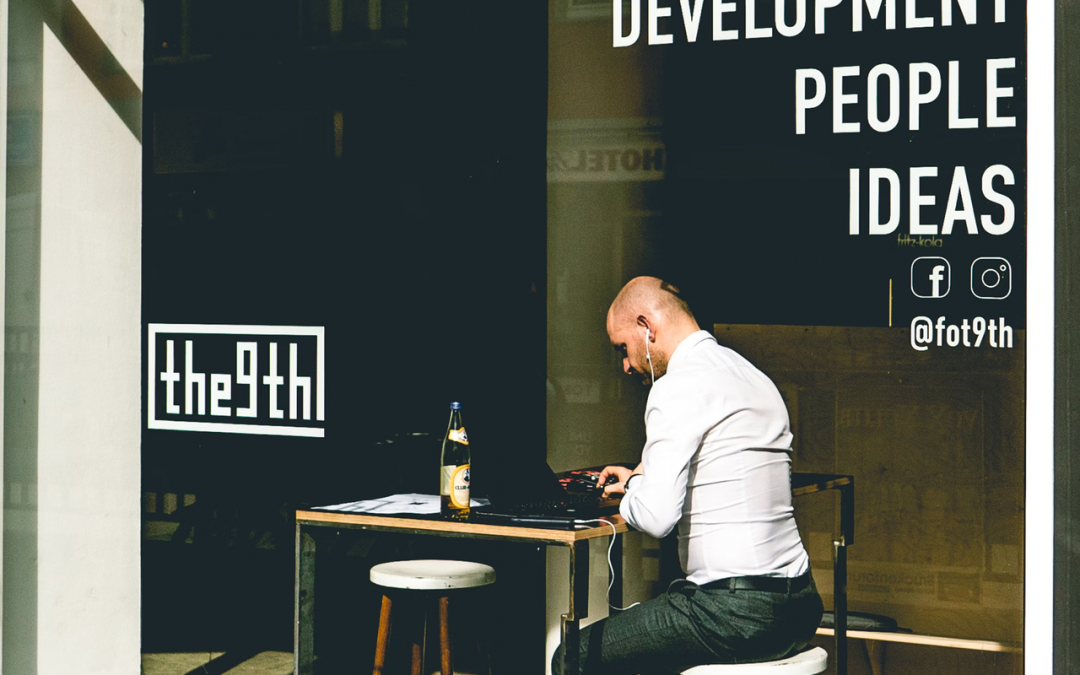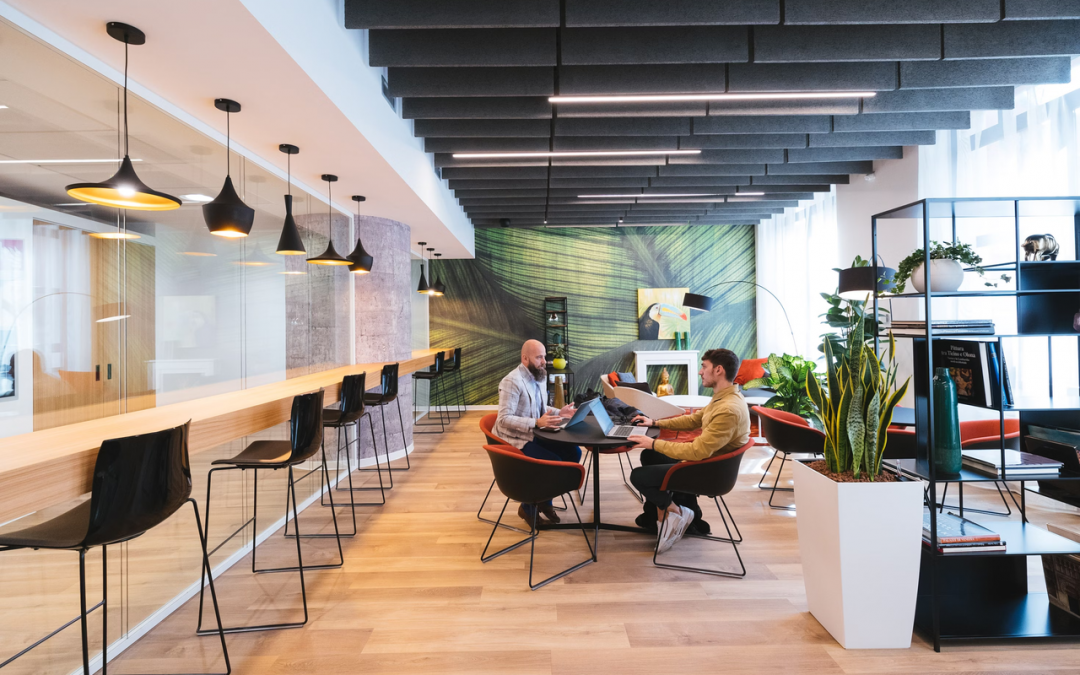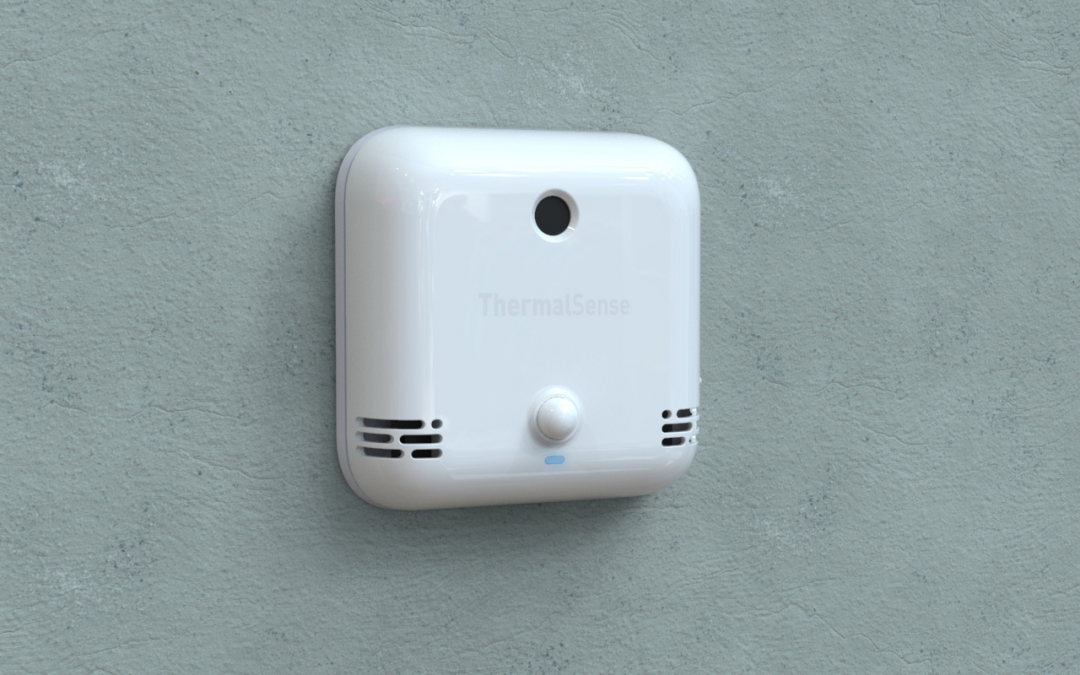In today’s experience-driven workplace, physical space matters more than ever. It’s not just where employees do their jobs—it’s where they collaborate, create, and connect. Thoughtfully crafted environments have a measurable impact on morale, engagement, and overall employee satisfaction.
For HR managers, office designers, and employee engagement specialists, understanding the role of smart workspace design is essential in creating a workplace people genuinely enjoy coming to.
The Link Between Workspace and Employee Well-being
The average full-time employee spends over 1,800 hours a year at work. That time should be productive—but also comfortable, empowering, and even inspiring. When the physical environment supports wellness, focus, and connection, employees are more likely to thrive.
Studies consistently show that workspace factors—such as lighting, noise levels, layout, and even temperature—affect mood, concentration, and job satisfaction. Poorly designed spaces can lead to discomfort, fatigue, and disconnection, while thoughtfully designed ones can:
-
- Reduce stress and burnout
- Foster stronger collaboration
- Improve focus and task performance
- Increase retention and workplace happiness
Simply put: the way a workplace feels can shape how employees feel about their work.
Design Elements That Matter
Smart workspace design blends office ergonomics, technology, and human-centered principles. Some of the most impactful design elements include.
1. Ergonomic Furniture
Adjustable chairs, sit-stand desks, and properly positioned screens reduce physical strain and support long-term health.
2. Zoned Spaces for Different Work Modes
Designing quiet areas for focus and open zones for collaboration supports diverse work styles and needs throughout the day.
3. Natural Light and Air Quality
Access to daylight and good ventilation improves mood, reduces eye strain, and supports better cognitive function.
4. Acoustics and Privacy
Sound-absorbing materials and privacy pods reduce noise distractions—key for boosting concentration in shared spaces.
5. Biophilic and Aesthetic Elements
Bringing in greenery, color, and textures enhances the emotional connection people have with the space.
Implementing Smart Design Solutions
Today’s smart offices go beyond aesthetics—they use data and technology to adapt to employee needs in real time.
Platforms like ProSpace empower organizations to design for satisfaction through:
-
- Room and desk booking tools: Give employees flexibility and control over where they work
- Mobile-friendly interfaces: Allow for seamless interactions with the office from anywhere
- Space utilization insights: Understand which zones are most popular or underused
- Occupancy and comfort sensors: Monitor air quality, temperature, and people count based on real-time feedback
Smart design isn’t static—it evolves with your people and how they work.
Conclusion: Design with People at the Center
A well-designed office does more than look good—it feels good. When organizations invest in smart workspace design, they show employees that their comfort, health, and experience matter. And in return, they see stronger engagement, improved morale, and lasting loyalty.
Want to design a better experience for your team?
👉 Learn how ProSpace helps you create workspaces that put people first





